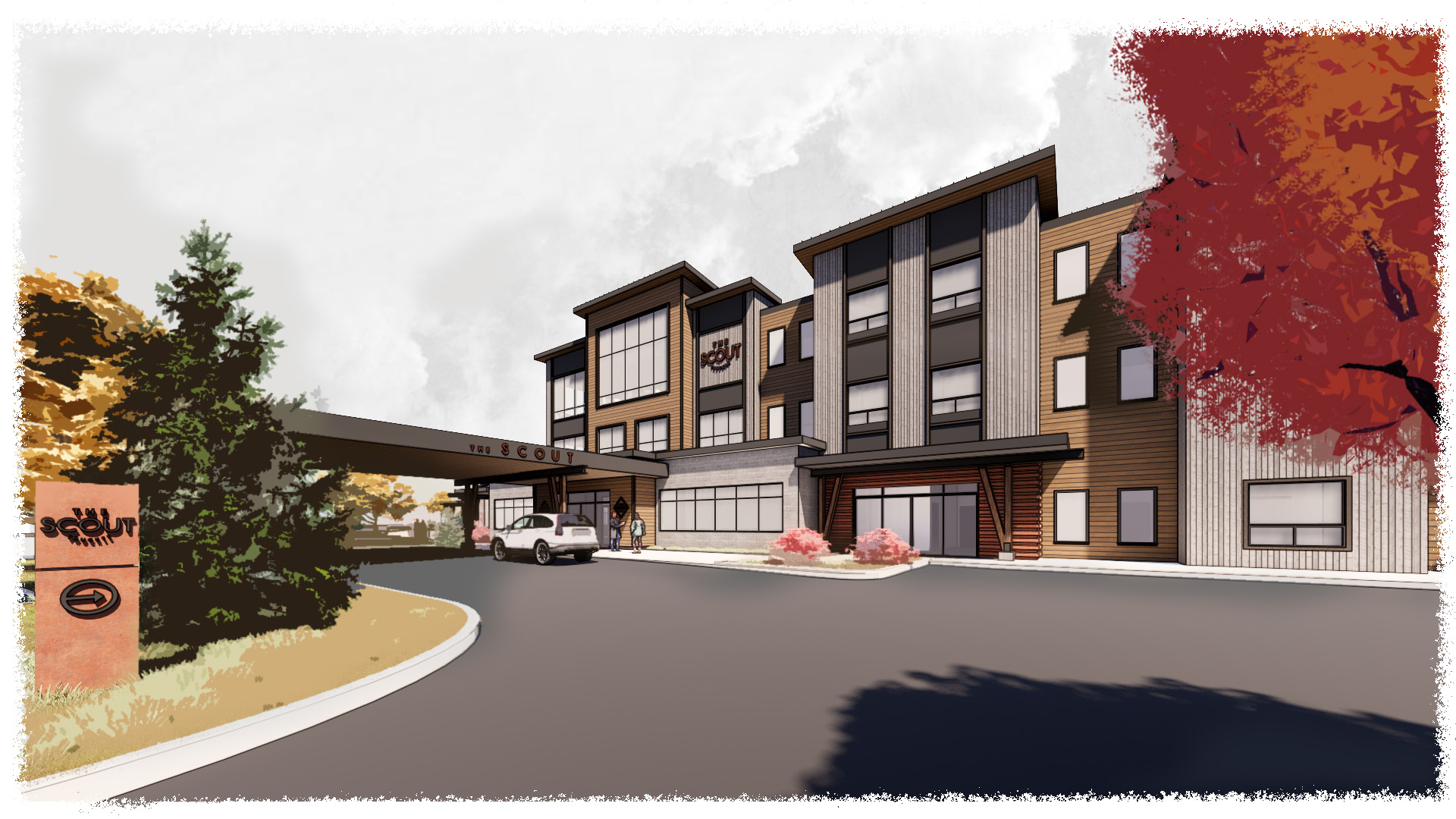Featured in GlobeSt.com
October 18, 2023
By Kelsi Maree Borland
Commercial real estate developers are navigating through a difficult market. With pressure on construction prices from supply chain issues and labor shortages, and given the current interest rate environment and a constrained debt market are limiting practical capital solutions, putting together a ground-up construction deal in today’s market is no easy feat.
One opportunity to alleviate some of the pressure on new construction projects is to incorporate C-PACE into the project capital stack to offset debt costs and tap into another source of funding. The difficulty for many in incorporating C-PACE is finding a senior lender that will work with C-PACE financing. HALL Structured Finance (HSF) is one lender that is doing first mortgage construction financing in concert with C-PACE financing, which has been a great solution for some developers. HSF loan originator officers Brian Mitchell and Bryce Yamauchi expect that having C-PACE incorporated into a capital stack may account for a larger portion of construction loans being done going forward.
Offsetting High Debt Costs with C-PACE
Managing costs are a top priority for developers, and according to Mitchell, “C-PACE is an opportunity to obtain fixed rate financing on a portion of the debt stack that is more palatable than current rates being offered by senior lenders.” Today, C-PACE interest rates are in the 7.5% to 8.0% range.
“The spread savings between C-PACE and your construction financing has widened and it is driving more value for developers,” adds Yamauchi.
In addition to locking in a lower rate, Mitchell notes that developers have the added benefit of a fixed-rate loan on a construction deal, a tremendous value in a market experiencing rising and volatile interest rates, with the further benefit of having prepayment flexibility in the event interest rates start to decline after the initial 3-5 years.
Plus, unlike bank financing, the availability of C-PACE financing is not constrained. In fact, Yamauchi notes that there is more money in C-PACE today than deals being funded, so developers don’t have the same accessibility issues as in traditional lending markets.
What Deals are a Good Fit for C-PACE?
Traditionally, hotel deals have been prime candidates for C-PACE, but Mitchell says today the funding is also universally applicable to hospitality, multifamily and mixed-use retail.
C-PACE is localized and the rules vary between states. Depending on the location, the state will allow a loan anywhere from 20% to 40% of the stabilized property value. However the level of PACE financing is also dependent on the amount the first mortgage lender may allow.
One potential complication in adding PACE to a construction capital stack is the maturity length differences between the construction loan and the PACE. PACE provides a fixed interest rate with a 25-30 year term, albeit with pre-payment provisions. In contrast, the typical construction loan is structured with a 3 to 5 year term. While the C-PACE is fully transferable, depending on the sponsor’s exit strategy and whether that involves prepayment or staying in place, the cost of taking out and prepaying the C-PACE should be factored in to the overall cost of capital analysis.
Despite some adjustment, C-PACE is an attractive solution and is likely to grow in popularity over the next 12 months. Yamauchi says, “The fact that C-PACE is there and available is really going to help bridge some of the financing gaps.”
Read the full article here.
Back To News Room
News Room
Related Articles
Scroll to explore related Articles from HALL Structured Finance team










